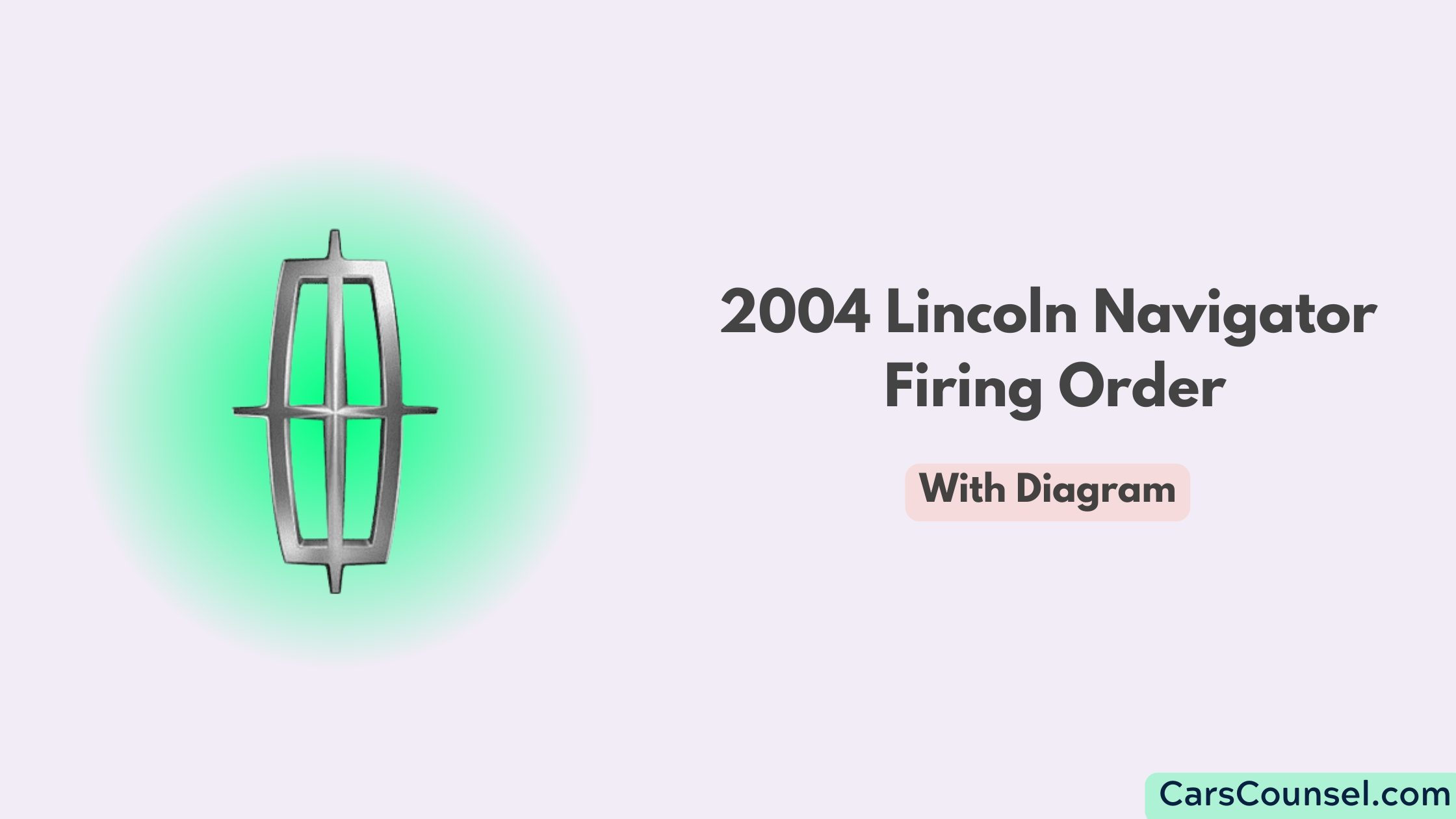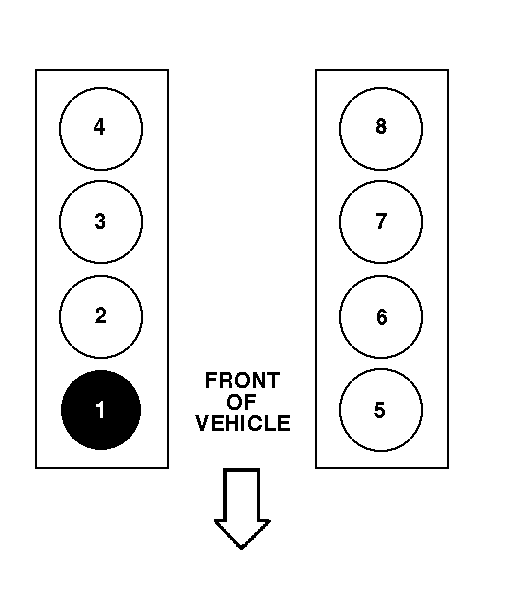Your 2004 Lincoln Navigator has a specific order in which the spark plugs should fire for the best performance: 1-3-7-2-6-5-4-8. This order helps the engine work smoothly. If the spark plugs are not in the right order, your car may use more fuel or run unevenly.

Look at the detailed picture we’ve provided to understand this better. If your car isn’t running right, this information can help you figure out if the problem is with the spark plug order.
Quick Navigation
Key Takeaways
- The 2004 Lincoln Navigator has a 5.4L V8 engine and uses a specific sequence for firing its cylinders, which is 1-3-7-2-6-5-4-8.
- This sequence helps the engine work efficiently and ensures the ignition system is working correctly.
- If the spark plugs are put in the wrong place, it can mess up this sequence and cause the car to not perform as well.
- The first cylinder in the Navigator’s engine is at the front of the engine block.
- A diagram can be helpful in understanding this sequence and where to put the spark plugs correctly.
Understanding 2004 Navigator Firing Order

Knowing the 2004 Navigator’s firing order means understanding the order in which the spark plugs light up. This is important for keeping the engine working well and efficiently. The firing order is 1-3-7-2-6-5-4-8, and this is very important for the car’s ignition system to work properly.
The first cylinder is near the front of the engine. You need to know this order to take care of the engine and fix any problems. If the spark plug wires are in the wrong place, it can mess up the firing order and make the engine work less efficiently.
Knowing this order can help you keep your Navigator’s engine running well and fix any problems with the ignition system. So, always remember this order to keep your car running well for a long time.
Symptoms of Firing Order Disruption
If the firing order in your Lincoln Navigator gets messed up, you’ll probably see a few clear signs. Your car might use up more fuel than usual, it might shake when it’s idling, and it mightn’t speed up as quickly as it normally does. Another sign is engine misfires, which can make your car feel like it’s jerking or losing power.
You might even feel these vibrations inside the car. To fix these problems, you need to know a bit about how your car’s ignition system works. It’s also important to regularly check and maintain this system to prevent these issues.
If your car keeps misfiring or if the firing order keeps getting disrupted, it can harm your engine in the long run. This can lead to more problems and could even cause your car to break down.
Comparable Engines and Firing Orders
The firing order of 1-3-7-2-6-5-4-8 is the same in some other engines, like the Ford 351, the 5.0L EFI, the 5.4L, and the 5.8L V8. This means that these engines share a similar design.
The firing order is important because it helps the engine run smoothly and efficiently. In Ford engines, where the spark plugs are placed can affect the firing order. If they’re not in the right place, it can cause the engine to shake, lose power, or even get damaged.
In engines like the 5.0L EFI and the 5.4L, the first cylinder is in the front of the engine block, just like in a Lincoln Navigator. This makes it easier to look after and fix these engines.
Engines with Similar Firing Orders
Conclusion
Now that you know the firing order of your 2004 Lincoln Navigator, you can deal with any problems and improve your engine’s performance. Picture the spark plugs working together perfectly in this order – 1-3-7-2-6-5-4-8 – and your engine running smoothly.
Don’t forget, regular check-ups for your car are important to keep it running well. So, stay on top of it, keep this info handy, and enjoy the great performance that comes with your Lincoln Navigator.

